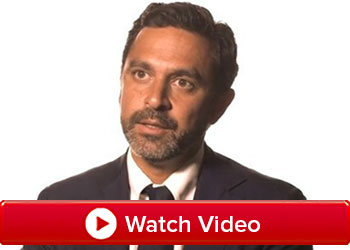- Home
- Foot & Ankle Conditions
- Plantar Fasciitis
Plantar Fasciitis: causes, symptoms and treatments
What is plantar fasciitis?
The plantar fascia is a thick ligament that connects your heel to the front part of your foot and supports your arch. When these ligaments become inflamed, it causes heel pain and stiffness. That is plantar fasciitis.
Plantar fasciitis is so common and has so many causes it often takes an experienced doctor to work through the true underlying cause. Too often, we see patients who have not received satisfactory relief because previous doctors didn’t seek out the root cause of their plantar fasciitis.
- What are plantar fasciitis causes and risk factors?
- What are the symptoms of plantar fasciitis?
- How do doctors diagnose plantar fasciitis?
- What are conservative treatments for plantar fasciitis?
- What are advanced treatment options for plantar fasciitis?
- Endoscopic plantar fasciotomy surgery
- UFAI, the right choice for your plantar fasciitis treatment
- Plantar Fasciitis FAQs
- Is plantar fasciitis the same thing as a heel spur?
- Is plantar fasciitis a tear in the plantar tendon?
- How long does plantar fasciitis take to heal?
- Are there medications I can take for plantar fasciitis?
- What is a night splint and should I use one?
- Can plantar fasciitis come back?
- Can I still wear heels if I have plantar fasciitis?
- If I have to have surgery for plantar fasciitis, what type of recovery can I expect?
- I just had the Tenex procedure for my plantar fasciitis and I still have pain. When can I expect the pain to go away?
- What is a typical recovery for plantar fasciitis restorative procedures?
-
Foot and Ankle Surgeon and Director of University Foot and Ankle Institute
Dr. Bob Baravaria DPM, FACFAS is a Board-Certified Podiatric Foot and Ankle Specialist. He is an assistant clinical professor at the UCLA School of Medicine and serves as Director of University Foot and Ankle Institute.
Dr. Baravarian has been involved in athletics his entire life and played competitive tennis in high school and college. He has an interest in sports medicine, arthritis therapy, and trauma/reconstructive surgery of the foot and ankle. He is also fluent in five languages (English, French, Spanish, Farsi, and Hebrew),
Plantar Fasciitis articles from our blog
- The Link Between Foot Health and Posture
- An Inside Look at Shockwave Therapy for Heel Pain, now available in Valencia, CA
- Avoiding Foot and Ankle Overuse Injuries While Dog Walking
- Intense Ultrasound proven effective for chronic plantar fasciitis (study)
- Toe Spring: What it is and How it Affects Plantar Fasciitis
- SoftWave Tissue Regeneration Technology: A Revolution in Foot and Ankle Care
- Can Plantar Fasciitis Socks Relieve Foot Pain?
- Topaz, Tenex or Tenjet: which is best for chronic plantar fasciitis?
- This foot condition is the new back pain — it’s everywhere. UFAI in the News.
- 8 Top Treatments our Doctors Use to Fix Plantar Fasciitis
- What's Plantar Tendonitis and Why is it Still a "Medical Mystery"?
- Tips for Bikers to Combat Plantar Fasciitis and Heel Pain
- Got Plantar Fasciitis or Achilles Tendonitis? Could PRP, Amniox Stem Cells or Cortisone Answer Your Pain Relief Prayers?
- Misdiagnosed? When Heel Pain Isn’t Plantar Fasciitis
- Have Heel and Knee Pain? It Could Be the Way You Walk
- Plantar Fasciitis and Golf: 9 Fresh Tips for Preventing Heel Pain on the Green
- Beat the 6 Most Common Walking Pains
 Dr. Briskin and his team are outstanding. Friendly, timely, well organized, communicated very well making me feel completely at...Justin G.
Dr. Briskin and his team are outstanding. Friendly, timely, well organized, communicated very well making me feel completely at...Justin G. Great experience. Great communication. Great direction for my care. Very happy I chose to go with this particular doctor and o...Christopher R.
Great experience. Great communication. Great direction for my care. Very happy I chose to go with this particular doctor and o...Christopher R. Great service and care. Highly recommend Dr. Franson.David B.
Great service and care. Highly recommend Dr. Franson.David B. If you have to go see a Doctor than this is a great experience.Frank M.
If you have to go see a Doctor than this is a great experience.Frank M. My doctor was great. Really greatRudolph B.
My doctor was great. Really greatRudolph B. Good.David E.
Good.David E. Your Santa Barbara office and Dr. Johnson always give me excellent care!Jayne A.
Your Santa Barbara office and Dr. Johnson always give me excellent care!Jayne A. Dr Briskin is amazing. He's been my foot doctor for about 3 years. He truly listens and is so down to earth. We finally figured...Elaina B.
Dr Briskin is amazing. He's been my foot doctor for about 3 years. He truly listens and is so down to earth. We finally figured...Elaina B. Dr. Gina Nalbadian was amazing!! I came in with an emergency foot situation and she had wonderful bedside manner and resolved m...Danielle C.
Dr. Gina Nalbadian was amazing!! I came in with an emergency foot situation and she had wonderful bedside manner and resolved m...Danielle C. I have been having issues with heel pain for years and nothing really ever helped for more than a couple weeks. Not the doctors...Grace N.
I have been having issues with heel pain for years and nothing really ever helped for more than a couple weeks. Not the doctors...Grace N. I was frustrated that after 3 weeks I still hadn’t heard back about my PT referral status. And I did sit in a room for over 30 ...Sarah C.
I was frustrated that after 3 weeks I still hadn’t heard back about my PT referral status. And I did sit in a room for over 30 ...Sarah C. I’m very pleased with Dr. Kelman.Alan S.
I’m very pleased with Dr. Kelman.Alan S.
-
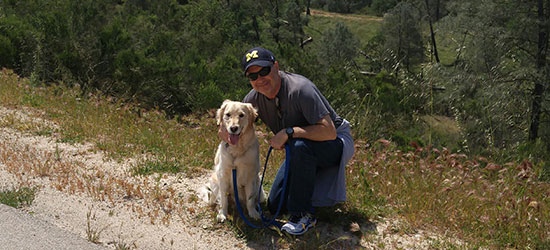 Listen Now
Avoiding Foot and Ankle Overuse Injuries While Dog Walking
Read More
Listen Now
Avoiding Foot and Ankle Overuse Injuries While Dog Walking
Read More
-
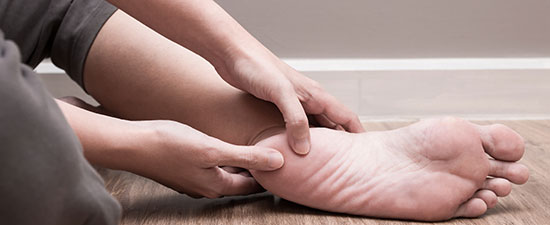 Listen Now
8 Top Treatments our Doctors Use to Fix Plantar Fasciitis
Read More
Listen Now
8 Top Treatments our Doctors Use to Fix Plantar Fasciitis
Read More
-
 Listen Now
What's Plantar Tendonitis and Why is it Still a "Medical Mystery"?
Read More
Listen Now
What's Plantar Tendonitis and Why is it Still a "Medical Mystery"?
Read More
-
 Got Plantar Fasciitis or Achilles Tendonitis? Could PRP, Amniox Stem Cells or Cortisone Answer Your Pain Relief Prayers?
Read More
Got Plantar Fasciitis or Achilles Tendonitis? Could PRP, Amniox Stem Cells or Cortisone Answer Your Pain Relief Prayers?
Read More
-
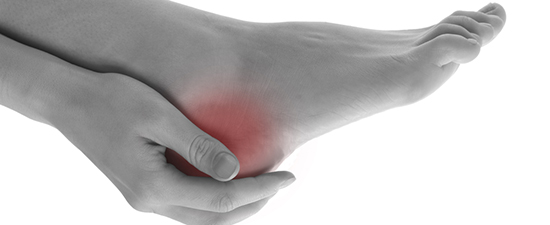 Listen Now
Misdiagnosed? When Heel Pain Isn’t Plantar Fasciitis
Read More
Listen Now
Misdiagnosed? When Heel Pain Isn’t Plantar Fasciitis
Read More
-
 This foot condition is the new back pain — it’s everywhere. UFAI in the News.
Read More
This foot condition is the new back pain — it’s everywhere. UFAI in the News.
Read More
-
 Listen Now
Can Plantar Fasciitis Socks Relieve Foot Pain?
Read More
Listen Now
Can Plantar Fasciitis Socks Relieve Foot Pain?
Read More
-
 Listen Now
Toe Spring: What it is and How it Affects Plantar Fasciitis
Read More
Listen Now
Toe Spring: What it is and How it Affects Plantar Fasciitis
Read More
-
 Listen Now
An Inside Look at Shockwave Therapy for Heel Pain, now available in Valencia, CA
Read More
Listen Now
An Inside Look at Shockwave Therapy for Heel Pain, now available in Valencia, CA
Read More
-
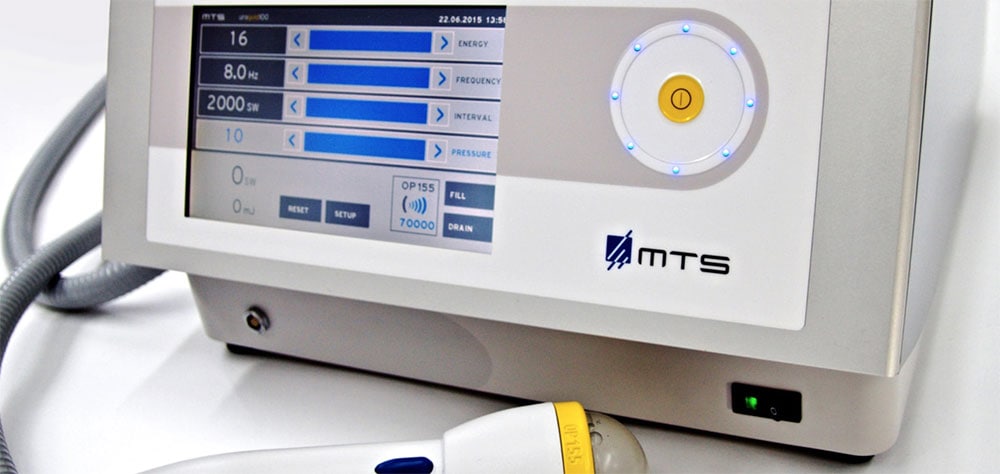 Listen Now
SoftWave Tissue Regeneration Technology: A Revolution in Foot and Ankle Care
Read More
Listen Now
SoftWave Tissue Regeneration Technology: A Revolution in Foot and Ankle Care
Read More
-
 Listen Now
Have Heel and Knee Pain? It Could Be the Way You Walk
Read More
Listen Now
Have Heel and Knee Pain? It Could Be the Way You Walk
Read More
-
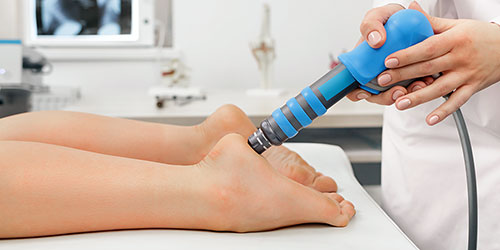 Listen Now
Intense Ultrasound proven effective for chronic plantar fasciitis (study)
Read More
Listen Now
Intense Ultrasound proven effective for chronic plantar fasciitis (study)
Read More
-
 Listen Now
The Link Between Foot Health and Posture
Read More
Listen Now
The Link Between Foot Health and Posture
Read More
-
 Listen Now
Tips for Bikers to Combat Plantar Fasciitis and Heel Pain
Read More
Listen Now
Tips for Bikers to Combat Plantar Fasciitis and Heel Pain
Read More
-
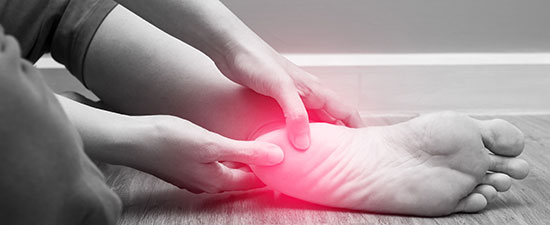 Topaz, Tenex or Tenjet: which is best for chronic plantar fasciitis?
Read More
Topaz, Tenex or Tenjet: which is best for chronic plantar fasciitis?
Read More
